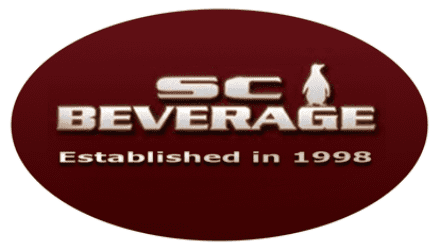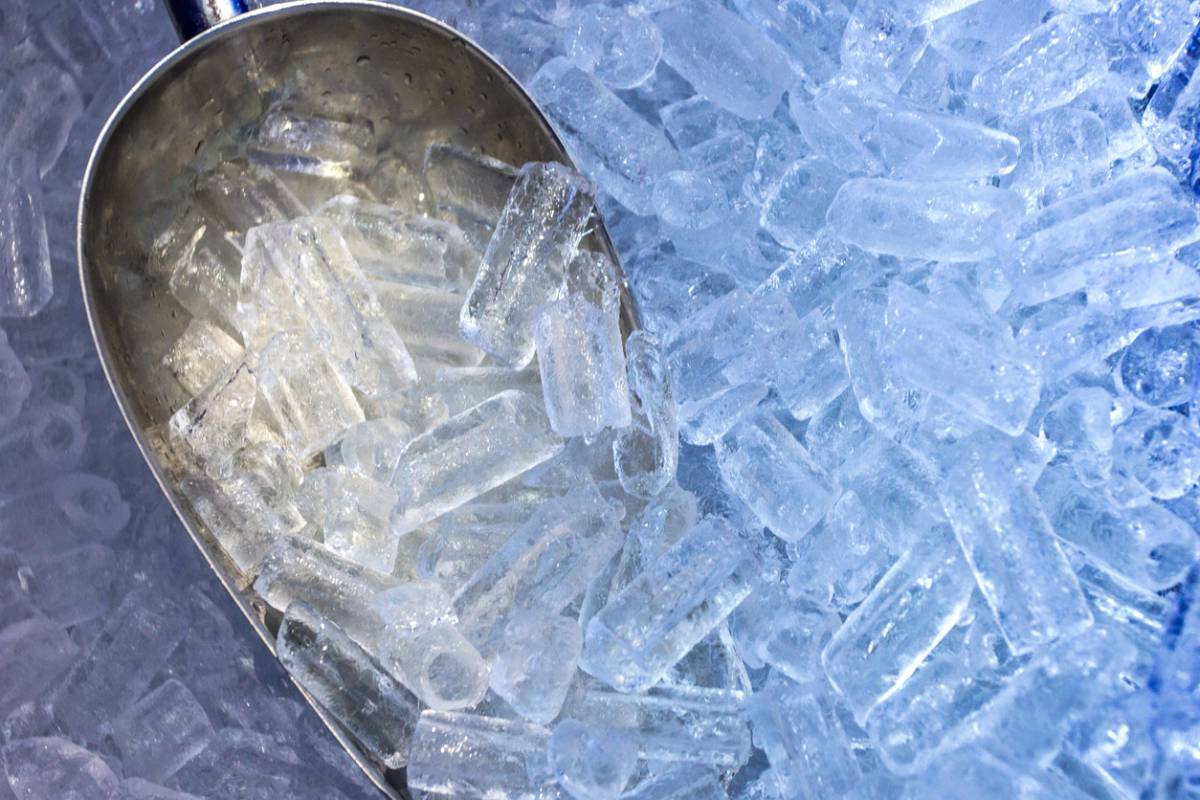Cleaning your ice machine regularly is a simple task that makes a big difference. Sure, it’s important for the hygiene of your restaurant and the safety of your guests, but it’s more than that. Infrequently cleaned ice machines can produce ice with unwanted additives that affect the flavor of everything they touch. Let’s figure out how to clean an ice machine.
How to Clean an Ice Machine?
If you’re going to spend the money on high quality drink machines from SC Beverage, then your restaurant should benefit every day from that investment. Fortunately, keeping your ice machine clean is actually really easy. It just takes a little time.
How Often Should You Clean an Ice Machine?
At the bare minimum, every restaurant, bar, and café should deep clean their ice machine every six months. In reality, you should actually deep clean every three months if you want to limit the build-up of unwelcome elements in your equipment.
If your local water conditions are less than ideal or you use your ice machines more frequently than the typical establishment, then you may consider performing more frequent deep cleanings. Here’s how:
Step 1: Remove the Ice
Power off your machine and scoop out as much ice as possible. If you’re required to perform a deep cleaning during operational hours, then bag as much ice as you can and place it safely in your walk-in. Allow any remaining ice to completely melt, and drain the machine.
Step 2: Start Cleaning
Large commercial ice makers often have an automated wash cycle. If yours has one, then just press the button and add a manufacturer-approved cleaner as the water fills. If your ice machine is a simpler model, then fill a clean bucket with warm water and the manufacturer-approved cleaner.
Step 3: Remove and Clean Internal Components
Carefully remove the internal components according to the manufacturer’s instructions. Pour a portion of your diluted cleaning solution into a smaller container, or make a separate batch. Allow the internal components to soak in the diluted cleaning solution for a few minutes, then gently scrub them with a soft-bristled brush. Make sure that all mineral deposits are cleared off the internal components, and rinse them in clean water. Place them out to air dry while you clean the interior of the machine.
Step 4: Clean the Interior
If your ice machine doesn’t have an automatic cleaning setting, then you’ll want to carefully scrub out the interior of your ice machine with a clean towel and your diluted cleaning solution. Using a towel will allow you to get a better feel for when mineral deposits have been successfully removed. Once it’s clean, rinse the interior of the machine repeatedly until the water runs clear.
Step 5: Clean the Exterior
People touch your ice machine all day every day, making it the home to countless bacteria. Carefully sanitize and rinse your towel or use a new one to scrub down the outside of your machine using the diluted cleaning solution. As with everything else, you will need to wipe all of these surfaces down with clean water to wash away any remaining solution.
Step 6: Put it Back Together
Once the interior components are fully air dried you’re all set to put your Los Angeles ice machines back together. Follow your manufacturer’s instructions to make sure that everything is placed correctly. Then you can turn your ice machine back on, and you’re back in business with a squeaky clean ice machine and perfectly flavor-free ice.
Getting in the Habit
It may take a little longer at first, but once you get the hang of it you’ll find that a deep clean of your ice machine only takes about 30 minutes. Keep in mind that it will take longer if you have more mineral build-up, so you may want to increase the frequency of your deep cleaning if you’re regularly running into a lot of lime or scale build-up. Once you get into the habit of keeping your equipment in the best shape possible, you won’t ever want to go back.








